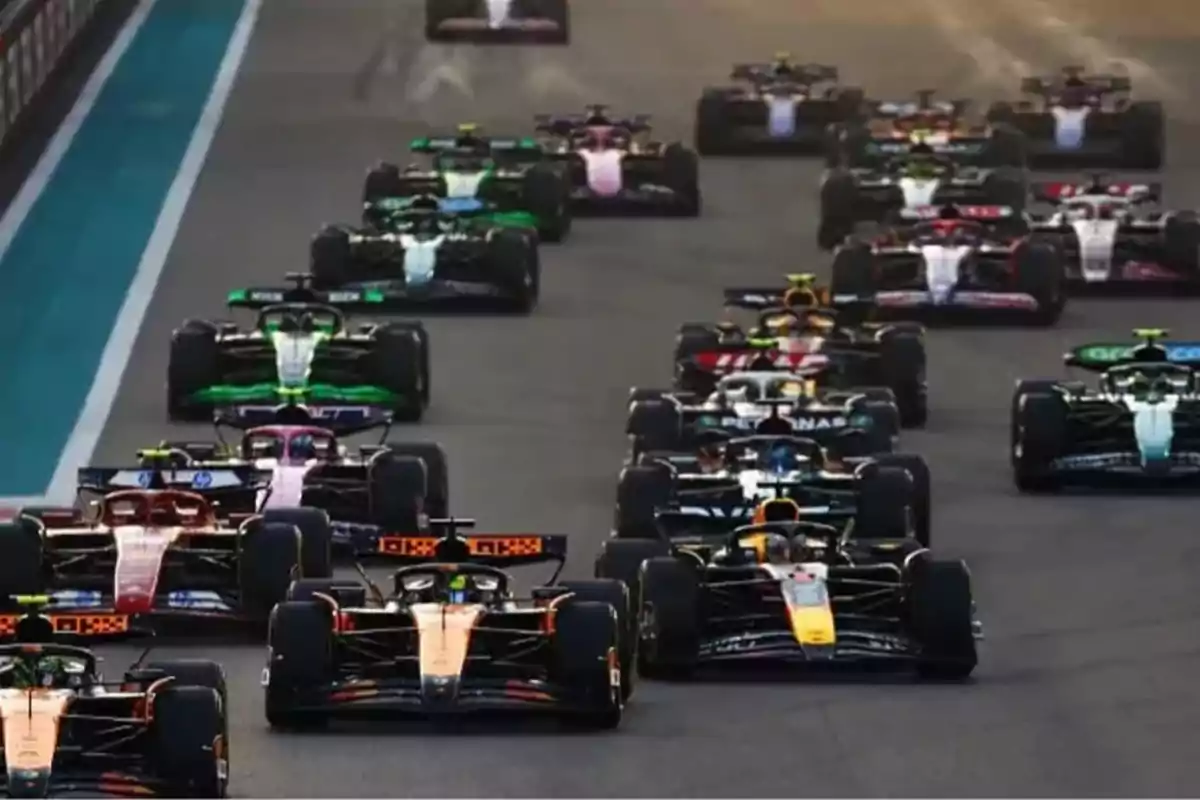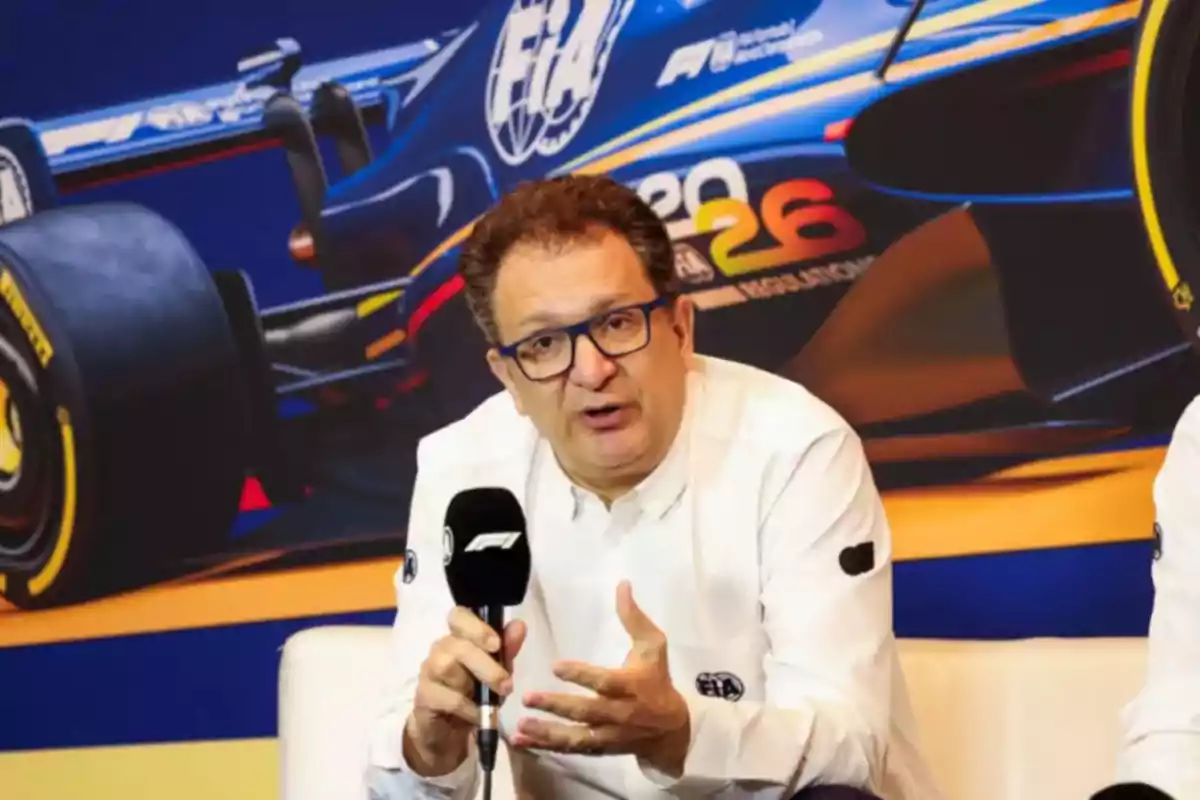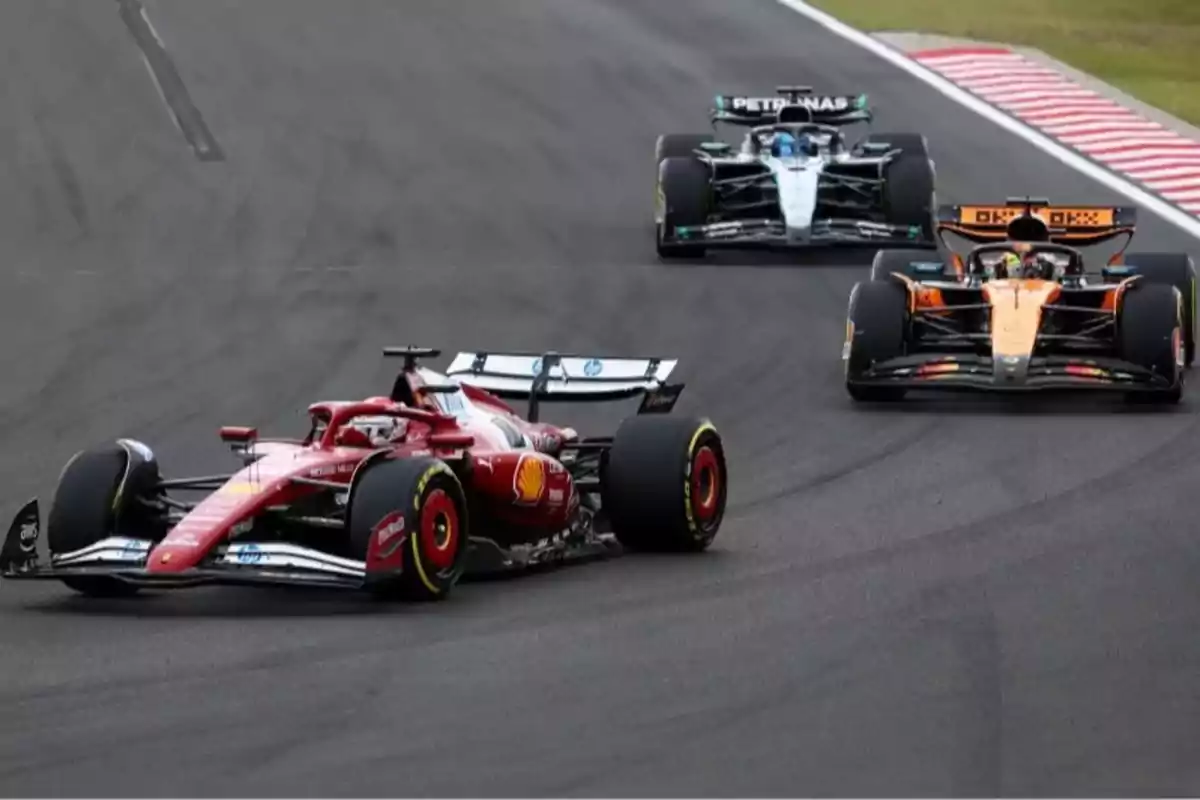
F1 will implement a system to equalize engines in case of disparity
The organization will implement a system of concessions so that lagging manufacturers can close the gap with dominant teams
Starting in 2026, Formula 1 will undergo one of the greatest technical revolutions of the past 50 years, with deep changes in chassis and engine regulations. The goal is to modernize the category and increase the spectacle, but also to prevent a scenario like 2014 from repeating, when Mercedes dominated widely thanks to its engine.
Nikolas Tombazis, head of single-seaters at the FIA, explained that the new generation of power units will be simpler, with the elimination of the costly and differentiating MGU-H, and that a concessions system called ADUO (Additional Development and Upgrade Opportunities) will be implemented.

This mechanism will allow manufacturers with lower performance to access more development budget, extra hours on the test bench, and the possibility to re-homologate their engine.
The regulations state that, after the first five races of each season, the performance of the internal combustion engines (ICE) will be evaluated. If a manufacturer's average power is more than 3% lower than that of the best engine, it will be able to access additional upgrades to close the gap.

Additionally, Tombazis emphasized that this is not a Balance of Performance, since everyone will compete under the same rules and without artificial adjustments to power or fuel. Additionally, the FIA is working on measures to assist manufacturers facing serious reliability issues, preventing them from spending a large part of their budget on replacing broken engines.
In Tombazis's words, this approach seeks to maintain competitiveness and the value of the spectacle, ensuring that no team gains an unassailable advantage and that everyone has a real chance to compete in the new era of Formula 1.
More posts: